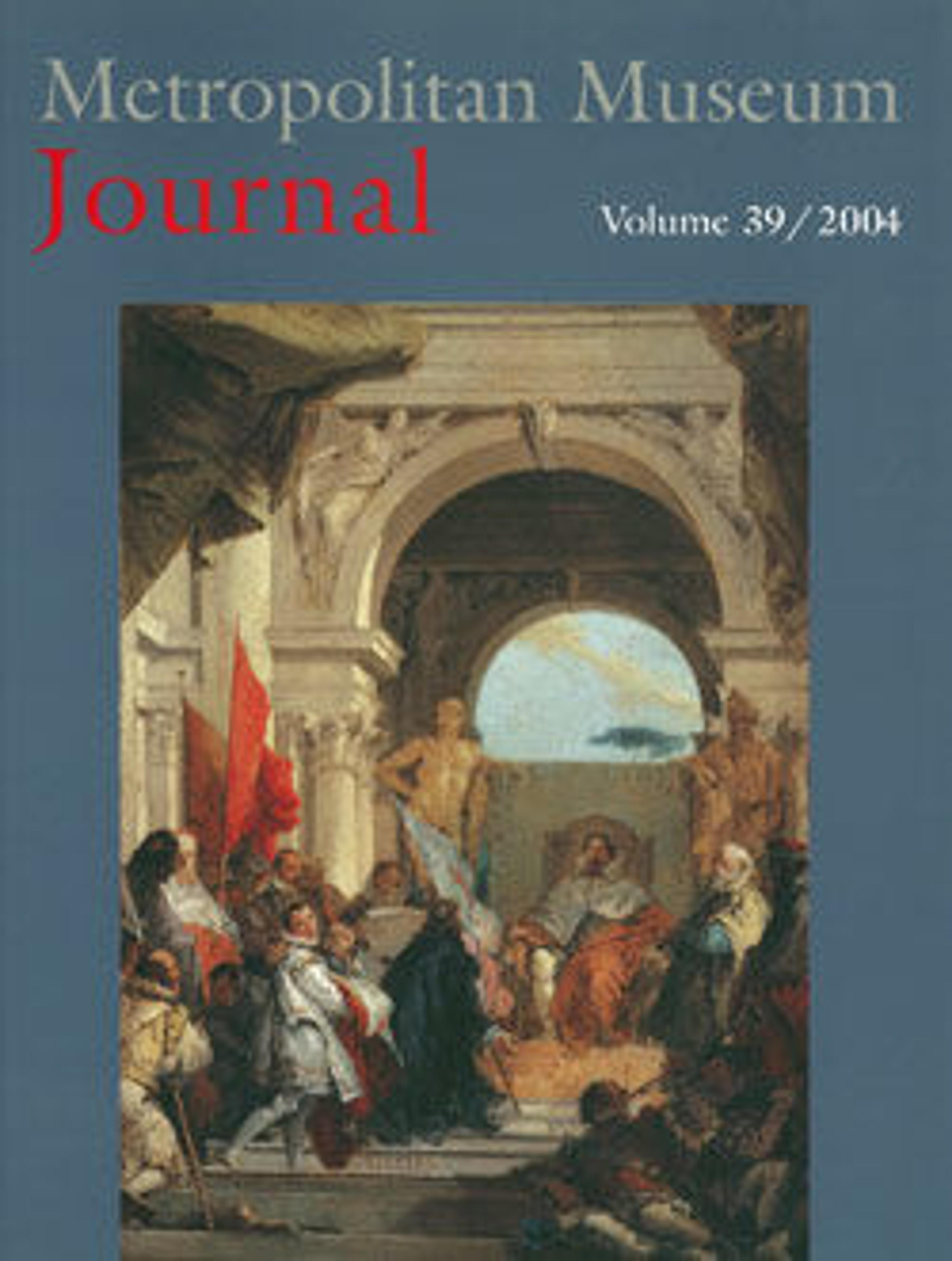Scarab ring of Sithathoryunet
This superb example of an early ring was formed from gold and the beetle’s wing cases, thorax and head were inlaid with semi-precious stones. In the Middle Kingdom (ca. 2030-1650 B.C.), scarab beetles were the preferred design for a ring bezel as the scarab, a symbol of the sun gold Re, emerged as a popular amulet type. Thin gold wire was used to create a ring’s shank and was attached to the bezel in different ways, although most involved wrapping the ends of the wire neatly around the shank in a tight coil as can be seen here. The underside of this ring’s bezel is uninscribed.
Artwork Details
- Title: Scarab ring of Sithathoryunet
- Period: Middle Kingdom
- Dynasty: Dynasty 12
- Reign: reign of Senwosret II–Amenemhat III
- Date: ca. 1887–1813 B.C.
- Geography: From Egypt, Fayum Entrance Area, Lahun, Tomb of Sithathoryunet (BSA Tomb 8), Chamber E, box 1, BSAE excavations 1914
- Medium: Gold, carnelian, lapis lazuli, and turquoise, bedding material
- Dimensions: l. 1.7 cm (11/16 in); w. 1 cm (3/8 in)
- Credit Line: Purchase, Rogers Fund and Henry Walters Gift, 1916
- Object Number: 16.1.24
- Curatorial Department: Egyptian Art
More Artwork
Research Resources
The Met provides unparalleled resources for research and welcomes an international community of students and scholars. The Met's Open Access API is where creators and researchers can connect to the The Met collection. Open Access data and public domain images are available for unrestricted commercial and noncommercial use without permission or fee.
To request images under copyright and other restrictions, please use this Image Request form.
Feedback
We continue to research and examine historical and cultural context for objects in The Met collection. If you have comments or questions about this object record, please contact us using the form below. The Museum looks forward to receiving your comments.
